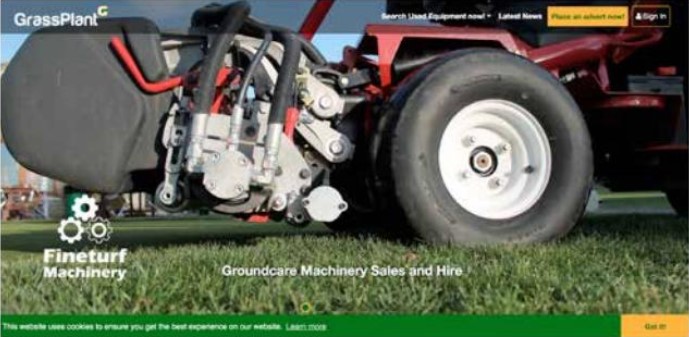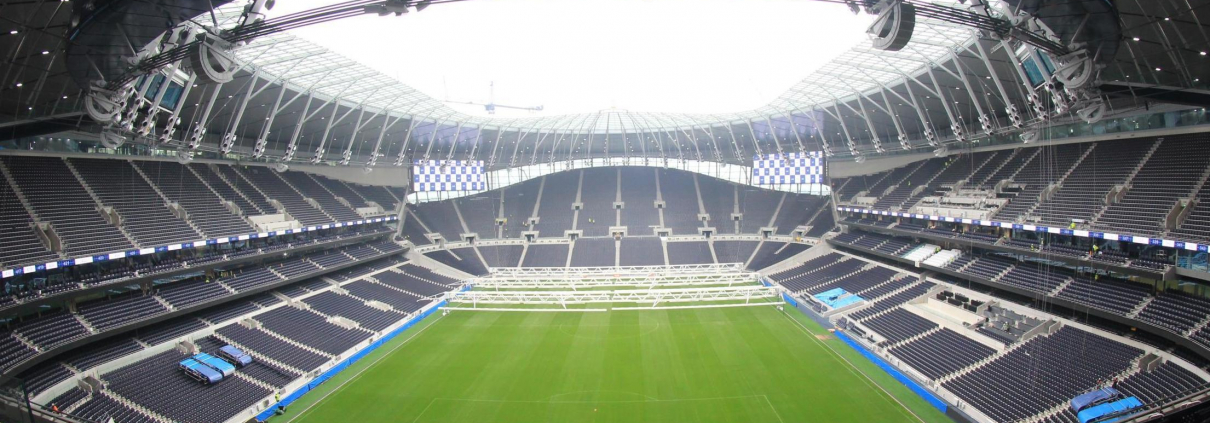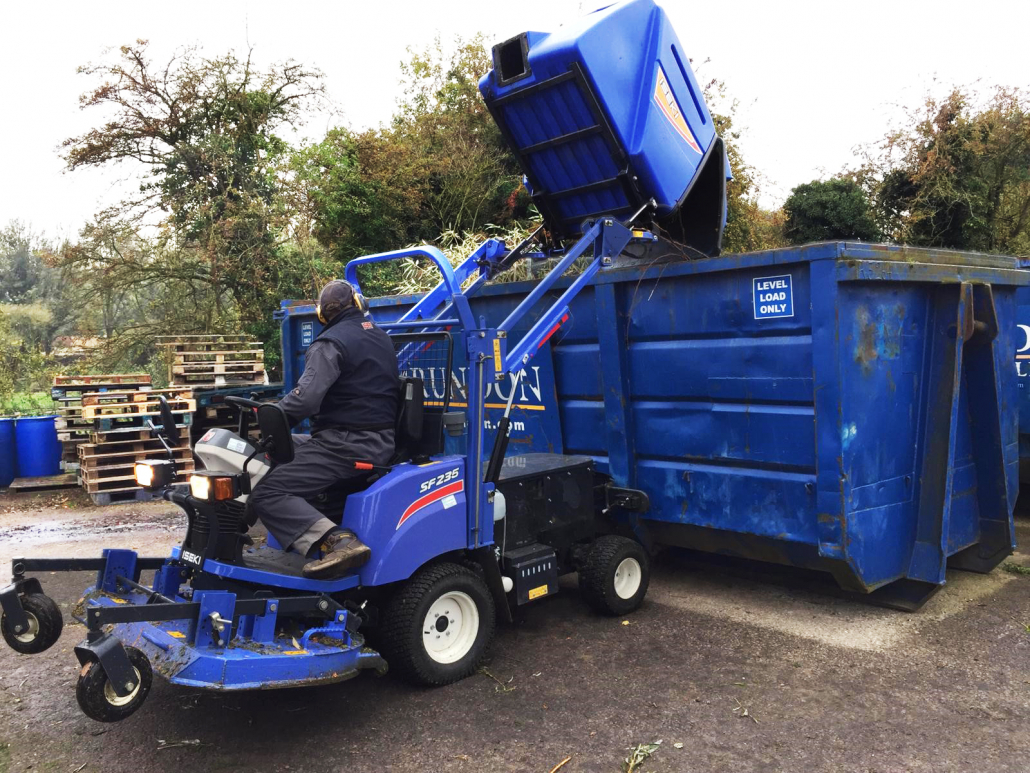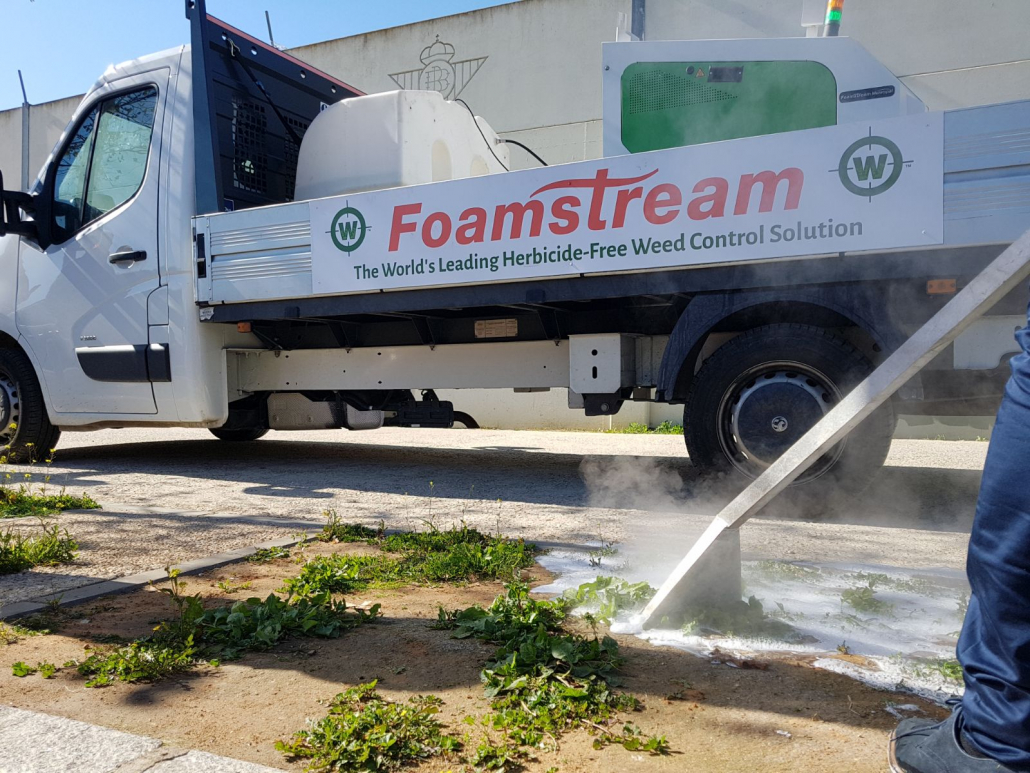Thunderbirds are go!: Ask Darren Baldwin about some of the technical innovation contained within the new Tottenham Hotspur Stadium and his answer brings a smile to the face of many of a certain age.
“It’s very much Thunderbirds stuff, if I’m honest,” explained the man who has seen it all during his 23 years as Head of Playing Surfaces and Estates at the club.
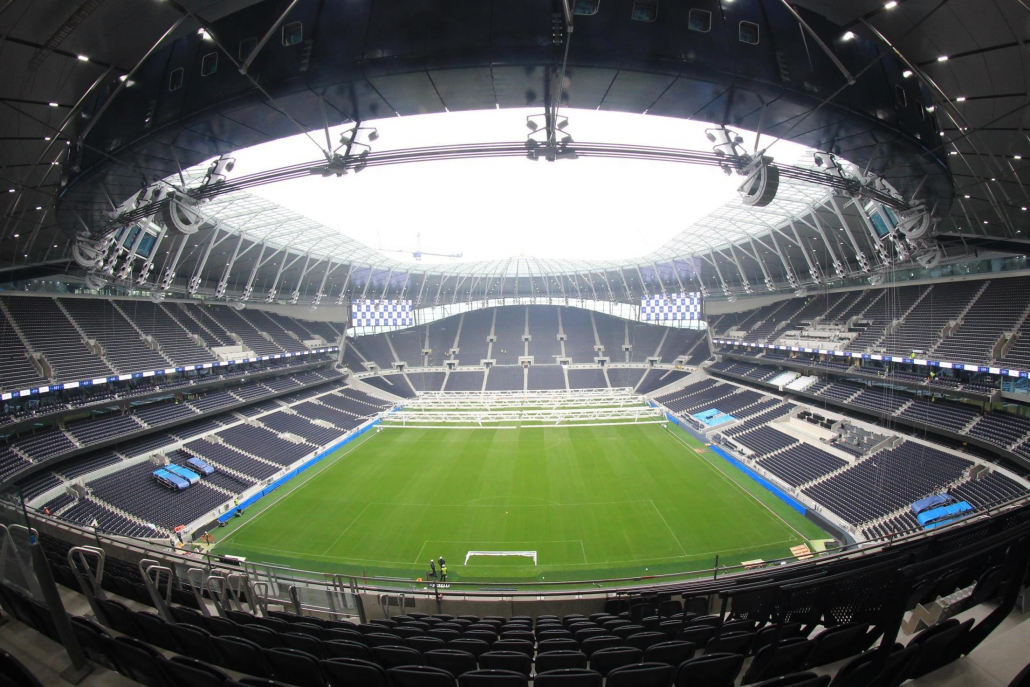
Those of us who can remember the booming countdown voice of the Thunderbirds narrator not to mention the wobbly puppetry, will immediately know where he is coming from. Floors sliding open to release International Rescue vehicles from the Tracy Island headquarters, each piloted by a member of the Tracy family.
I’m not sure if Darren sees himself as any one member of the cast, but given what he has to deal with in terms of the above and below the pitch technology, he could quite easily stand in for Brains, but minus the big glasses!
To replace the Tarkett PlayMaster surface, which Spurs play their matches on, with the artificial Turf Nation pitch for the NFL matches, which will be regular features at the 62,062 capacity stadium, the natural pitch is split into sections, slides out and parked in what is otherwise a car park under the stadium, where the LED grow lights, fans and irrigation ensures it thrives in its unfamiliar temporary environment.
The NFL pitch is therefore revealed to create a perfect theatre for a sport which is becoming increasingly popular on this side of the pond.
The NFL pitch is six feet lower than its natural turf brother, meaning those in the first few rows of the stadium can see the play over the plethora of six foot five tight ends and line backers, coaches, physios etc who spend so much of their time on the touchline.

That is just an example of what goes on at what must be currently the most talked about stadium in the world of sport, never mind the UK.
Talking to Darren, as we stood level with the halfway line, mid-way up one of the fabulous and imposing stands, you can feel the pride and sense of achievement which he, along with everyone involved in Spurs, feels.
The initial vision for a replacement for the old White Hart Lane, with its capacity of 36,284, came with the arrival of the new Chairman, Daniel Levy, way back in 2001.
“He had a vision that we needed to improve facilities, both for the fans and the players, so he looked at everything from the stadium to the training ground. We also needed to increase capacity to be in the 60,000 plus bracket alongside other top European clubs,” recalled Darren.
“I’ve been fortunate enough to have been here that long so I have also lived that dream from day one, following it through to where we are today.”
It’s fair to say that any vision, no matter how “Blue Sky” would not have come close to living up to reality of what the stadium eventually became.
“It started out as a 60,000 seater bowl and progressed with options and revised visions before it became a multitude of different challenges to overcome. The word that was never to be used in any environment whether that be in the Board Room or on the construction site was ‘No’. What was always said was ‘How can we make it happen?’.”
With Darren’s focus on the playing surfaces, that positive approach was never tested more than the day when a Concert Consultant explained that to put on a full scale concert he would need the venue for 10 days, meaning that Darren’s pitch would have to be parked up under the stadium for all that time. At that time even the best case scenario was that a pitch could only survive under those circumstances for a maximum of three days.

“After picking me up off the floor we went back to work to find a way of parking the pitch for 10 days and now, having done extensive testing, and thanks to our friends at SGL lighting, we can park the pitch in the Pitch Pocket for 14 to 15 days,” explained Darren, who worked closely with Julian Franklin, Head of Horticulture and Controlled Environments, at Rothamsted Research, on maintaining turf in the dark.
As a man who grew up looking after turf, being heavily involved in the concrete and steel of a major stadium meant that Darren was well out of his comfort zone.
“To be honest, I’d be in some of the meetings looking at plans and talking to senior engineers and all I’d want to know is what button to push to make it work. It was mind blowing science.
But it has given me a great insight into what goes on in an engineer’s world, as well as the groundsman’s world. It was also important that they knew and understood what we wanted from a turf maintenance perspective and how we wanted things to work.”
The air systems, vacuum systems, undersoil heating were all areas in which Darren could make sure what he and his team would be working with over the next few seasons was the best it could be and that any potential issues were ironed out before they had a chance to become a problem.
“What we have with the natural pitch is a series of trays containing 500mm of pitch build suspended three feet off the ground. We did a lot of vibration testing because what we couldn’t have was a situation where we had seven or eight players jump at a corner, all land at the same time and have the pitch vibrate. We’d be known as the Wobbly Pitch!”
The work done with SGL has been equally state-of-the-art and seen grow lighting taken to a new level at the stadium.
“A lot of design went into the wheeled rigs and, based on the experiences we had with lighting rigs we worked on the things which we felt could be improved. For example, lugging cables back and forward and having cables lying or suspended above the grass. Our system now has about five metres of cable which connects to the main power supply on the perimeter wall and that’s it. No part of the six trusses we have touch the grass – they span the width of the playing surface and operate on tracks to move up and down the pitch. We wanted the option to raise them so we could work underneath the lights while we also wanted the ability to irrigate from above them.
“In the past we’d have occasions when the lights were operating, and the irrigation has come on. Sodium bulbs don’t like the eight bar pressure of a sprinkler hitting them and they tend to shatter. So now we have an irrigation system built into the top of the trusses,” said Darren, of the trusses which are stored under the pitch when not in use.
Truly Thunderbirds indeed! Darren also ensured that the stadium had sufficient space for the machinery and equipment required to maintain the pitch.

“With the new stadium we had one chance to be the kid in the sweet shop and get what we wanted and although there wasn’t a bottomless pit of money, by any stretch, we did look at what we wanted and have the machinery to carry out the job. We’ve got a mix between electric and petrol mowers – ATT on electric and Dennis Premiers for the petrol. We use the electric ones most of the week and the petrol for the last cut before a game to get the defining pattern, with that little more weight, for the finish.
“We also have storage space for the SGL lights, the fans and the mists, which we needed last summer when when it was 42 degrees pitch side. It was absolutely scorching and rye grass doesn’t like it that hot.”
The desire, and “can do” attitude at Spurs, does come with a downside, however, and that came in delays and a mind-boggling final bill for the stadium – it is probably currently the most expensive stadium in the world – a reported figure in excess of an eyewatering £1 billion is not denied.
“It took three and a half years to build and we ended up eight months late on our target date. That was frustrating for everyone, none more so than those of us at the sharp end. But it was important that we got it right.”
During that period the team played their home games at Wembley, so the team didn’t have the rush or routine of match day preparation.
“I worked at Wembley on match days for the first year and also sent two guys to Wembley full time to work with the maintenance team there. It was a bit different for Karl (Stanley) and his team as they were having to deal with us as well as the international teams.”
The big day came on April 3rd with the first match – against Crystal Palace.
“I’ve been asked many times about my emotions on that first match day, and indeed, the whole project and I say ‘Give me an emotion – I’ve had it’. Excitement, nervousness, stress, worry, lack of sleep. I’ve had them all.”
On that first matchday, with the opening ceremony and the fireworks, it was a fabulous launch to the new Spurs era but Darren remembers one particular element of the day.
“We had a hail storm an hour before kick-off and the whole pitch was white – on April 3rd! I told the guys that we were going to need blowers and snow brushes, but we didn’t know where they were stored,” smiled Darren, as he recalled the bizarre situation.
As we stood in the most modernistic stadium in the world it was a good time to find out what brought Darren, a two-time Groundsman of the Year, to the industry in the first place.

“I started out as a three year-old on my dad’s lap ‘steering’ a Land Rover and trailing three sets of gang mowers at Buckhurst Hill Football Club in the mid 70s. About 10 years’ later, like most groundsmen at some stage or another, my dad got the hump when the team started training in the goal area. He threw down the keys and walked off. I picked them up and, at the age of 13, carried on looking after the pitch from then on.
“In October 1988 Steve Braddock gave me the chance to do three weeks’ work experience at Arsenal and he then took me on full time in 1990. I owe everything to Steve and I know that I wouldn’t be where I am today without him. He gave me six great years before I got the phone call and asked if I’d be interested in coming here – one of the less publicised transfers between the two north London clubs!”
Without wishing to make him sound like a reality show contestant, it has been a “journey” for Darren and one which he has embraced since he arrived in 1996.
“Back then the club had just opened the training ground at Chigwell and it was regarded as a state-of-the-art training ground although there was no lights or running water in the grounds maintenance facility. Now we have our fantastic new training ground at Enfield with aspirations to expand it to take on Tottenham Hotspur Women, who have turned full time professional this season.
“What really scares me, given how far we have come in 23 years, is what the industry will look like in 23 years from now.”
Who knows what life will be like for ground staff, or anyone else for that matter, in 2042. Safe to say Thunderbirds will remain a fond memory for a diminishing few.
Watch Scott’s interview with Darren on the Turf Matters YouTube channel
